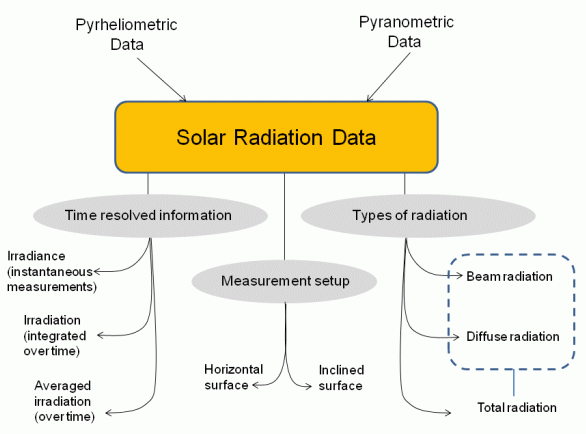Solar Radiation Data Handbook Of Nonprescription
Email: energy.partners@exemplary.com. Unleashed Mp3 Epica. au, Web: www.exemplary.com.au. Solar Radiation. Data Handbook. Edition 4 with accompanying. Australian Solar Energy Society. Australian Government funding through the Australian Greenhouse Office in the.
Books.google.de - Written by experienced and internationally renowned contributors, this is the fourth edition of what has become the standard reference for cosmetic scientists and dermatologists seeking the latest innovations and technology for the formulation, design, testing, use, and production of cosmetic products. Handbook of Cosmetic Science and Technology, Fourth Edition.
Supported by grants from the German Research Council and the Atopic Dermatitis and Vaccinia Immunization Network of the National Institute of Allergy and Infectious Diseases. Bieber reports receiving consulting fees from Novartis. No other potential conflict of interest relevant to this article was reported. Noethen, and H.
Williams for their review of an earlier version of the manuscript and helpful discussion, and I thank all colleagues, fellows, and students who have studied the genetics and inflammatory mechanisms of atopic dermatitis with me. Figure 1 Clinical, Histologic, and Immunohistochemical Aspects of Atopic Dermatitis. Panel A shows initial lesions of early-onset atopic dermatitis involving the cheek and scalp in an infant at 4 months of age. Panel B shows classic head and neck manifestations of atopic dermatitis in an adult.

Panel C shows typical chronic, lichenified flexural lesions in an adult. The arrow in Panel D (hematoxylin and eosin), which shows the typical histologic aspects of acute lesions, indicates a spongiotic area within the epidermis. The asterisk indicates the prominent perivascular infiltrate. Panel E (hematoxylin and eosin) shows a chronic lesion with thickening of the epidermis. The asterisk indicates the prominent perivascular infiltrate. Figure 2 The Th1–Th2 Paradigm and Its Role in Allergy and the Skin as the Site of Initiation for Sensitization.
Panel A shows that the outcome of helper T cell (Th) differentiation is dictated by the type of dendritic cell, the microenvironment, or both. On antigen presentation, naive T cells are subjected to either interleukin-12 and interleukin-18 or interleukin-4, which polarizes them to Th1 or Th2 helper cells, respectively. Th1 cells produce interferon-γ, whereas Th2 cells produce interleukin-4, interleukin-5, and interleukin-13. Th0 cells produce both Th1 and Th2 cytokines, probably in response to less stringent polarizing signals. Download Facebook Pdi Installation Setup on this page.
Both helper T-cell types have distinct physiologic roles, and it is assumed that a subtle balance between Th1 and Th2 cells is provided under normal conditions. However, a strong Th2 predominance leads to pathologic conditions such as overproduction of IgE and allergic diseases. Panel B shows non–IgE-mediated inflammation. Epidermal-barrier dysfunction, mechanical irritative signals, or T-cell–mediated events that do not involve IgE lead to an initial inflammatory reaction accompanied by an alteration of the function of resident dendritic cells. These cells are also subjected to locally produced cytokine thymic stromal lymphopoietin (TSLP) and the pollen-derived mediators. As a result, the dendritic cells migrate to the regional lymph nodes and induce an allergen-specific Th2 polarization. The inflammatory reaction may also have a substantial systemic effect on the adaptive immune system, favoring the development of IgE-mediated sensitization.